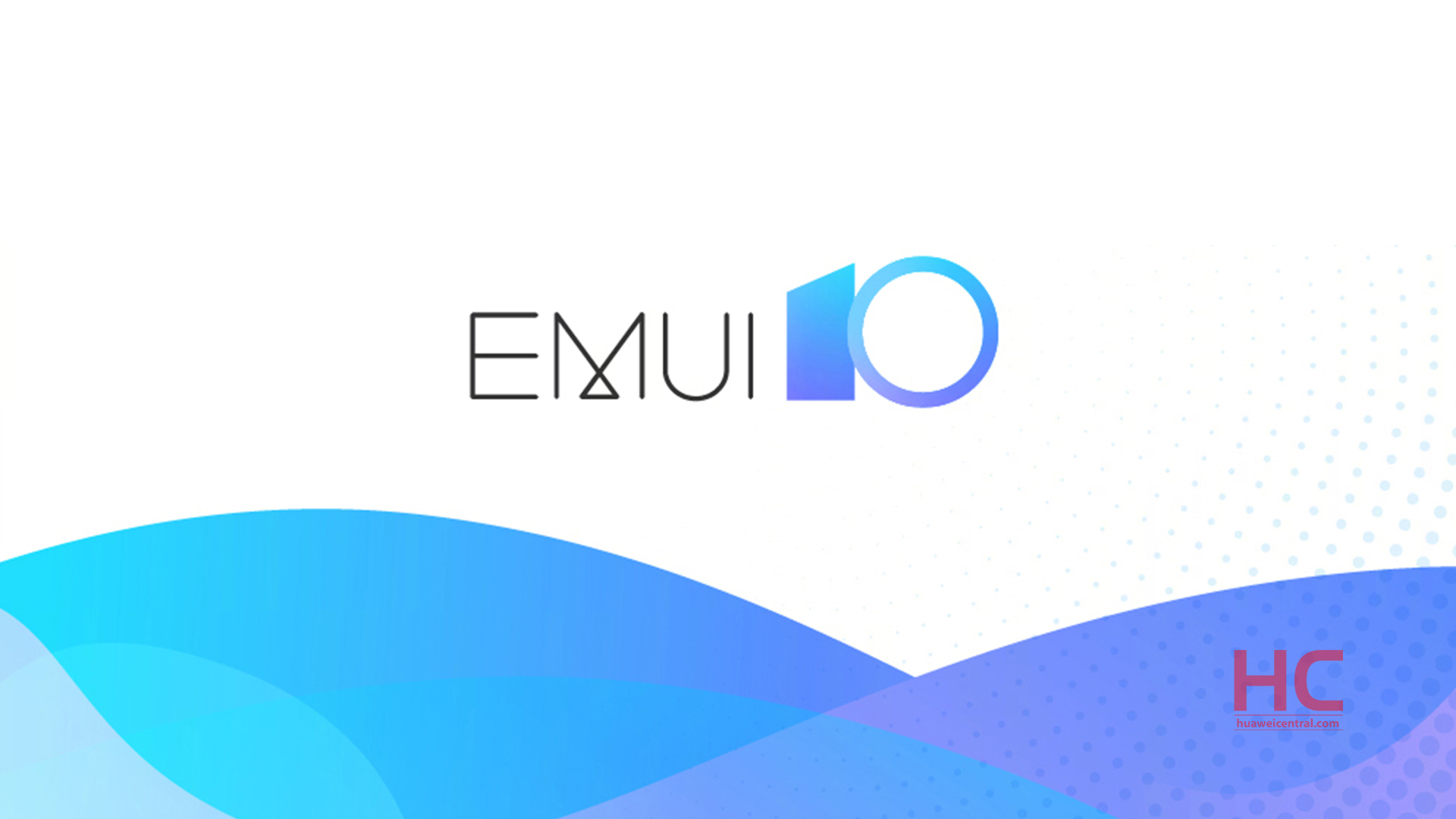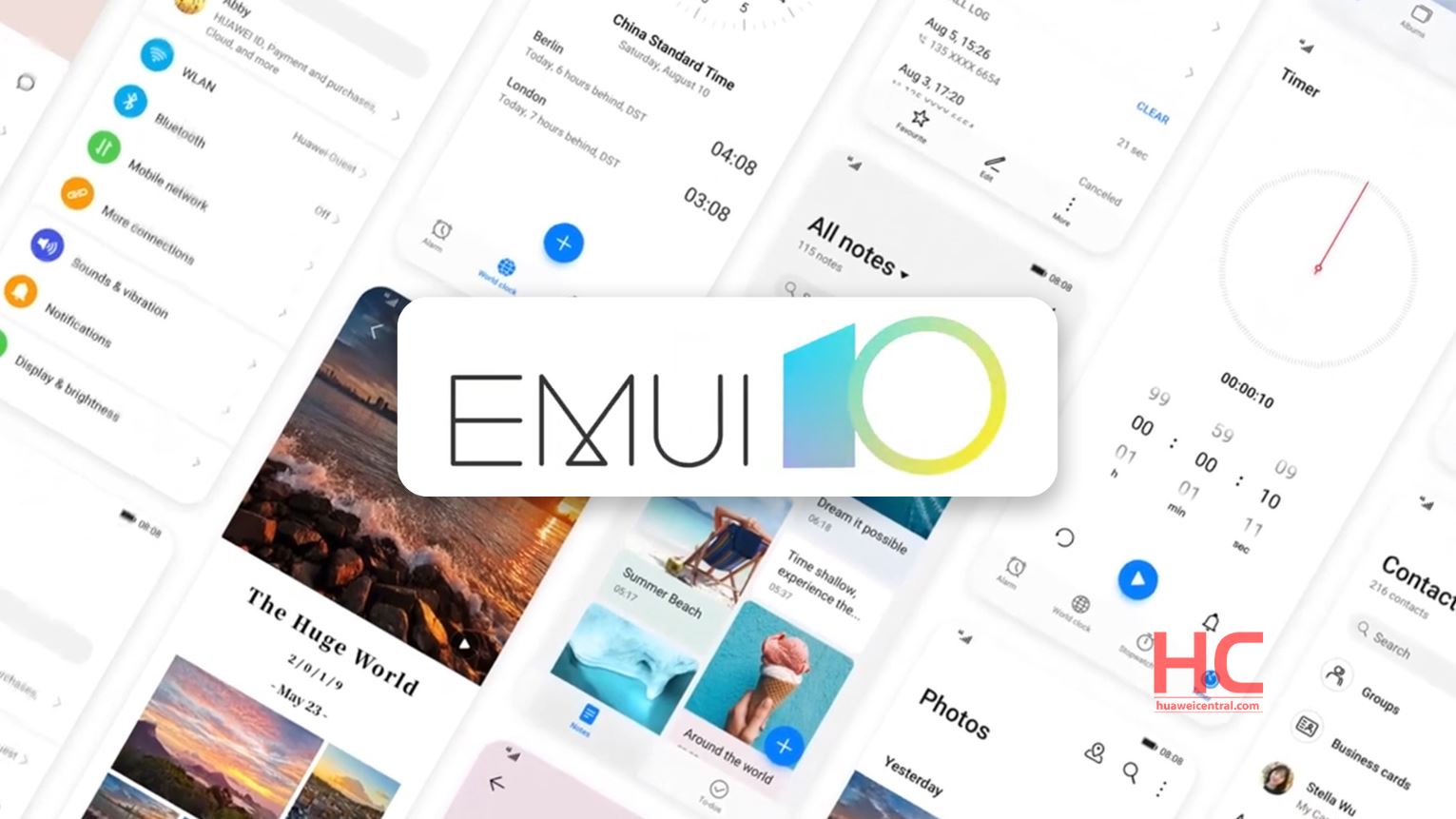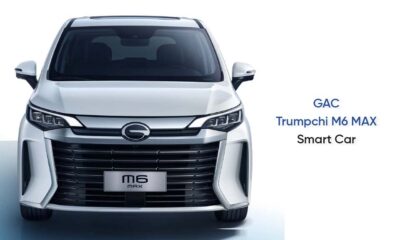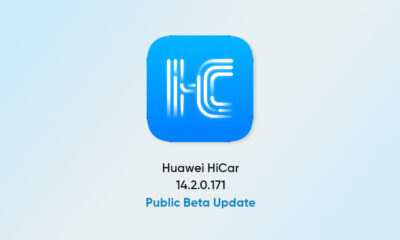EMUI
EMUI 10 Features

Huawei has developed EMUI 10 based on distributed technology applications to provide an all-scenario experience such as audio and video call in any situation, business tasks across devices and smart vehicle-mounted devices.
EMUI 10: Here are all of the changes and improvements made to the UI
Under the same strategy, one-time development for multi-device deployment can reduce costs, improve efficiency, and provide users with an all-scenario, smart experience.
Along with new features, Huawei has also made changes and improvements in the UX of EMUI 10 and updates to its UI design bringing new smooth operation for smoother user experience.
Here’s the list of eligible devices that will get the EMUI 10/Android 10 Q [Updated]
According to Huawei, the EMUI has now reached more than 500 million daily active users in 216 countries and regions and supports 77 languages.
User Interface:
Magazine Design:
This enables on-screen content to be seamlessly curated into an attractive and engaging design style, similar to a magazine. This feature also applies to our user interface design.
Morandi Color:
Celebrated artist Giorgio Morandi is best known for his subtle and sophisticated pastel color palettes. It is this style and color scheme that has inspired the new colors in EMUI 10. The result is rich color textures, bringing out a sense of space and layering and producing an elegant, high-quality color experience, perfectly designed for the screen.
Dark Mode:
In the Huawei Ambient Light Lab, we simulate four different light intensities, track eye movement data, study long-term comfort, and how image and text contrast ratios can impact reading comfort. Based on the results of these studies, we’ve designed a new type of Dark Mode, with an
intent to ensure optimum comfort and complete enjoyment. With Huawei, changing from normal mode to dark mode is more than simply reversing the colors. Instead, we optimize the colors of text, images and on-screen icons to provide the best experience in a variety of different light levels and environments.
Animation:
Only animation fitting with user’s psychological expectations can give users smooth gaming experience. In this animation design, Huawei has taken the concept of unifying “Hand, Eye and Heart”. The animation will provide instant feedback to your hand on the phone, your “eye” a smooth movement and the response time that fits with the user’s expectation in “heart”. These can be experienced especially on the actions of clicking, shifting and return.
EROFS:
The revolutionary new file system, EROFS (Extendable Read-Only File System) offers improved disk performance and speed and at the same time helps in saving the disk space. It can increase the random read speed by 20% up to 63.3MB/s, while also saving more than 2GB of system storage. The new file system will also ensure a higher response rate when it comes to reading files such as documents, music or videos. It will also help while launching a large app including a game; the startup speed will be faster and takes less time.
GPU Turbo:
The GPU 3.0 feature energizes gaming performance without exorbitantly snacking on the battery. The benefits include a smooth and seamless experience and improved battery performance while gaming. It cuts down on SoC power consumption by 10% and optimizes the performance of the underlying system to provide a seamless gaming experience. Besides faster touch response and lower energy consumption, GPU Turbo reduces frame drops and results in a higher average frame rate compared to when the feature is switched off.
Other Features:
You check the full details of UX design changes in here.
Security: Distributed security, build a distributed full-scenario security system to ensure that the right people, on the right equipment, use the right information.
Hardware Compatibility – Mutual Sharing: The hardware capability mutual aid sharing virtualizes the hardware capabilities (display, camera, microphone, and speaker) of different devices, and puts them into the hardware capability resource pool to supply and use. The capabilities of each device are mutually shared and shared with each other.
One-Touch Screen Sharing: For the application, it is like running on the same devices. That is to say, if you have a video on your mobile phone and use a distributed capability to talk, users can use the phone, speaker or smart screen to talk, the speaker can make the sound bigger, and the smart screen is to enlarge the video picture.
Multi-Screen Collaboration: All peripherals of mobile phones and PCs can be used interchangeably. The peripherals such as mouse/keyboard can be used to control mobile phones. Mobile phones and PC applications support seamless collaboration, but third-party applications are required.
Huawei HiCar: Huawei HiCar can be linked to the car, mobile phone, and watch. You can enjoy the application (such as music, navigation, etc.) on the mobile phone on the screen of the car.
You can also use the car camera to share the scenery along the way with your family video, and you can check the status of the car in real-time on the mobile phone, or turn on the air conditioning in the car in advance. Your car can only be controlled by you
Also, it can be calculated whether the driver is fatigued or not, and the personal data is not left in the car. It has already supported 30+ depots and more than 120 models.
Moreover, The EMUI 10 also features GPU Turbo, Link Turbo, Super File System (EROFS), and Ark Compiler.








